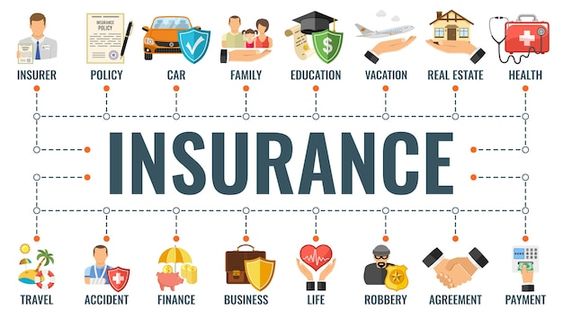
Education insurance plans vary in terms of coverage and benefits, but they generally work by providing a lump sum payment or regular payouts at predetermined intervals (such as yearly) to the policyholder or the insured child when they reach a certain age or stage of education, typically when they are ready to pursue higher education like college or university.

The idea behind education insurance is to alleviate the financial burden on parents when their child is ready to pursue higher education. It helps ensure that adequate funds are available for the child’s education even if unforeseen circumstances impact the family’s finances.

It’s important to note that insurance products and their terminology can vary by country and region, and new products or changes may have emerged since my last update. If you’re interested in education insurance, I recommend reaching out to local insurance providers or financial advisors for the most up-to-date information and advice tailored to your specific situation.

These policies are often purchased by parents or guardians with the intention of ensuring that funds are available to cover educational costs like tuition fees, books, and other related expenses.



